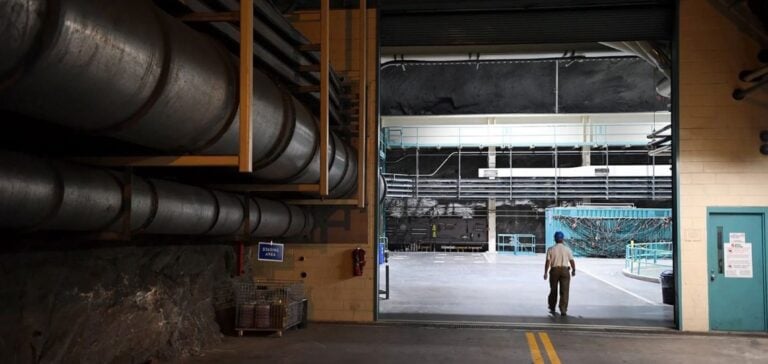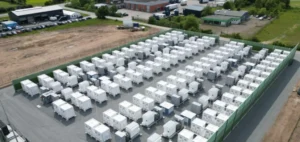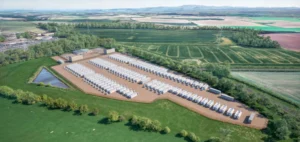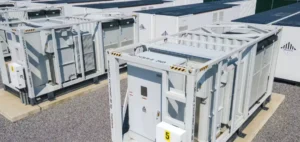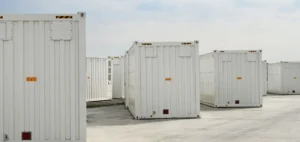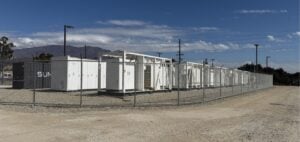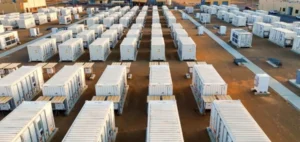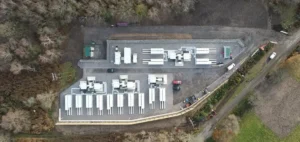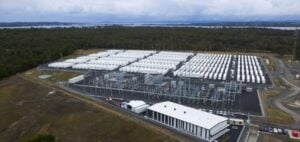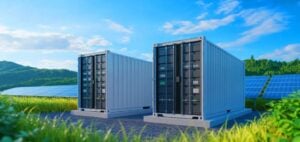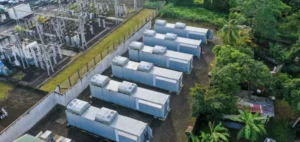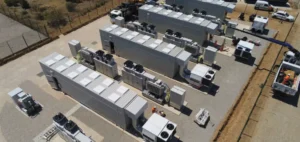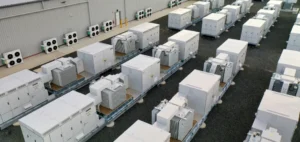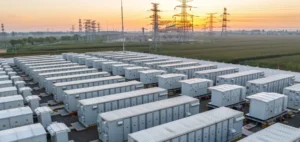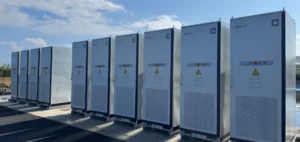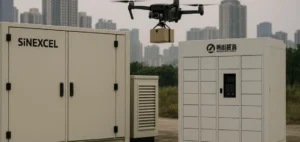In response to population and economic growth in the Carolinas, Duke Energy recently completed upgrades to the Bad Creek pumped storage plant in Salem, South Carolina. These upgrades increase the station’s total capacity to 1,680 megawatts, offering a flexible, environmentally-friendly solution for storing and distributing large quantities of energy.
Technology and expansion
The upgrades were carried out in phases, with each new turbine adding 80 MW. Pumped storage technology offers significant operational flexibility, enabling energy to be stored for use when customer demand is at its peak. Preston Gillespie, Executive Vice President, emphasizes the importance of this technology for the company’s energy transition.
Second power plant project
In addition to these upgrades, Duke Energy is evaluating the possibility of adding a second power station at Bad Creek to further increase the system’s capacity. This project could be operational as early as 2034, increasing the capacity to respond to consumption peaks linked to the increase in solar use and customer habits.
Economic impact and future plans
The Bad Creek expansion is expected to generate significant economic benefits for South Carolina, estimated at $7.3 billion by 2033 through construction and infrastructure activities. Mike Callahan, President for South Carolina at Duke Energy, emphasizes the need for a diversified energy mix to meet the region’s continued growth.
Duke Energy is committed to an ambitious clean energy transition, aiming for zero net methane emissions by 2030 and zero carbon emissions by 2050. Investments include major upgrades to the power grid and expansion of energy storage, renewable energies, natural gas and nuclear power.


